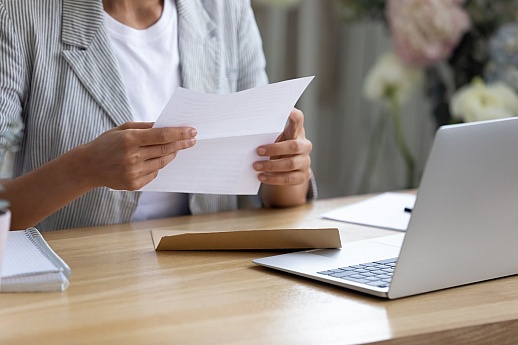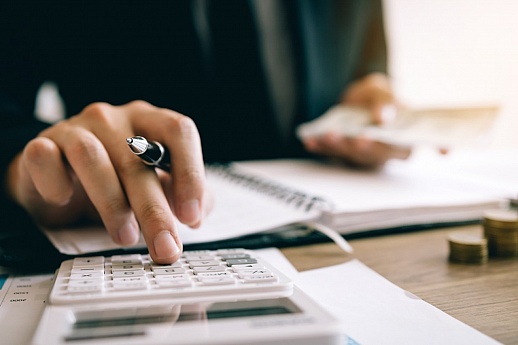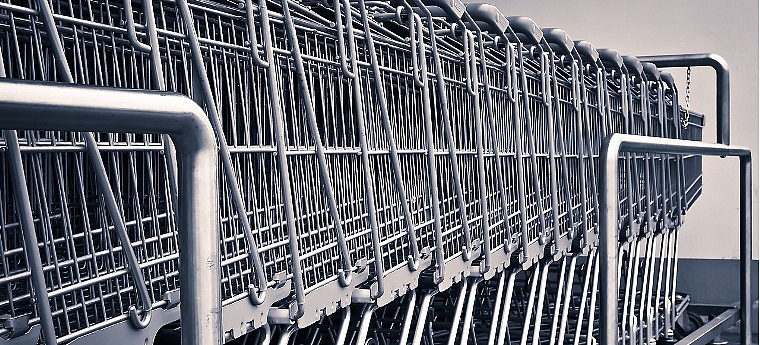What is the Debt Cycle, and How Do I Avoid It?
Eighty percent of Americans are caught up in a vicious cycle of debt. They took out too many loans in a row, and now the interest looks insurmountable. If you find yourself overwhelmed by your financial situation, there may be an escape. The secret lies in understanding how you got there. You need to learn about the debt cycle.
Understanding the Cycle
The crisis cycle, or debt cycle, is a financial condition caused by taking on new debt to pay off old debt. The process compounds the interest and fees, making it much harder to pay off the original money owed. Those caught in this cycle may not escape it during their lifetimes. Indeed, escape takes careful, concerted effort.
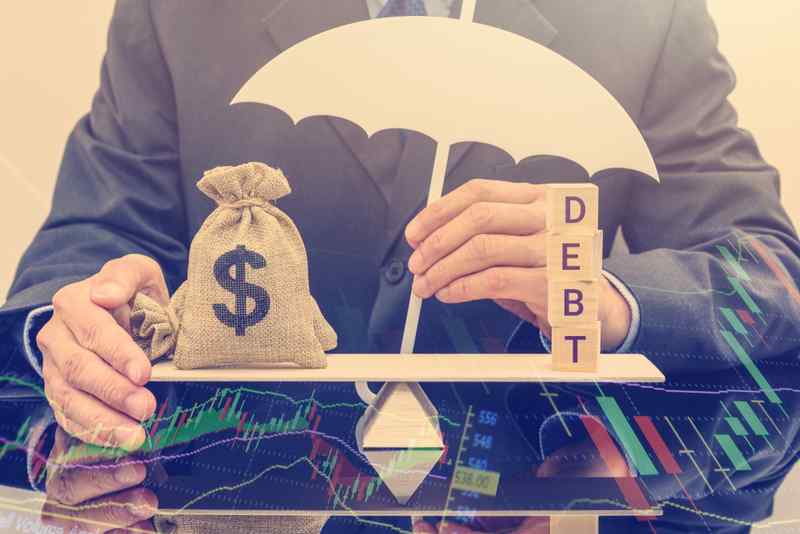
How the American Consumer Gets into Debt
Before we dive into how to climb out of big debt crises, let’s look at some of the causes. Below are the top nine reasons the average American gets into debt.
Student Loan
More than 50% of people who graduate from college start their adult life indebted. The average student loan debt in the United States is around $33,000, and it takes up to 10 years to pay it off. Most people have borrowed student loans in hopes of finding a well-paid job that can give them financial security; meanwhile, they end up struggling to pay back their student debt and save money at the same time.
Underemployment
Being underemployed can cause you to struggle to pay back your current loans, such as a student loan, and force you to borrow another kind of loan to make ends meet. Underemployment is indeed temporary, and that one may find a job that is well paid; being underemployed, even for a few months, can have a negative impact on your personal finances.
Credit Card
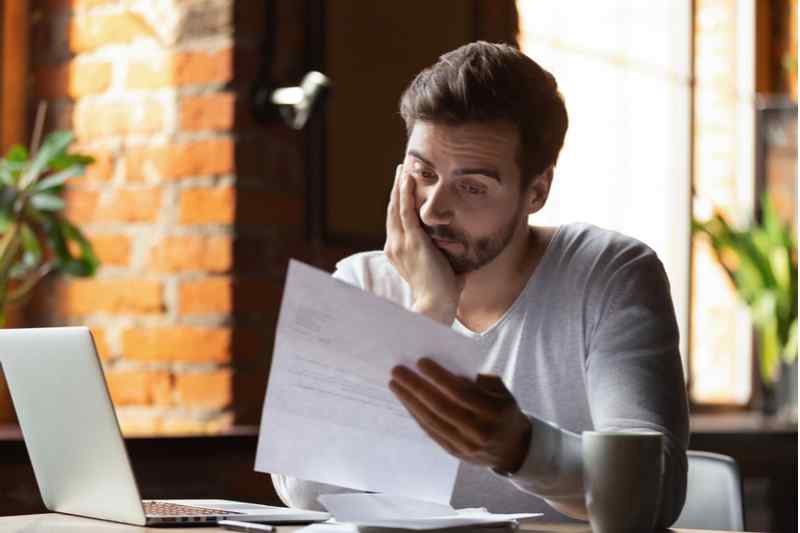
It's easy to get approved for several credit cards with an attractive rewards program. But credit card rewards aren't rewarding if they lead to massive debt. People can quickly rack up large balances for the sake of reaping the rewards. Moreover, credit cards lead you into a cycle of debt when you start to use them as an extension to your income and become comfortable with the minimum monthly payments.
Medical Bills
In the States, health care costs a lot of money even if you have insurance. To address a medical emergency, often, people reach their credit cards or take out a loan. And in case you decide to ignore your medical bills, the hospital will turn over your unpaid invoices to collection agencies, which will hurt your credit score.
Not Having an Emergency Fund
As stated above, people often reach their credit cards to address an emergency bill because they don't have an emergency fund. However, this funding method can be extremely costly because most of the time, people fail to pay off their balance, and high-interest payments add up.
Not Having a Budget
Many Americans don't have a budget. This leads to reckless spending because they don't track where their money is going and don't account for upcoming expenses. Usually, when people don't have a budget, they don't have any short-term or long-term financial goals. This encourages the act of wasting money and ending up in a debt cycle.
Maintaining a Costly Lifestyle
Unfortunately, people are really interested in appearances and attaining a lifestyle that they can't afford. To fund an expensive meal, outfit, skincare, car, or a trip to another country, people rely on their credit cards or personal loans to maintain their costly lifestyle. However, after a couple of months, most people find themselves in a vicious debt cycle that they struggle to escape.
Parents Overspending on Their Kids
Nowadays, most parents are trying to give their children the luxuries they didn't have when they were children. They borrow money for non-essential items such as a new Nintendo game, designer running shoes, and to fund experiences for their kids such as a trip abroad. When parents overspend on their kids, it holds them from saving money for an emergency fund or college fund.
Gambling
Gambling is a dangerous addiction that starts as an innocent form of entrainment. In hopes of hitting the jackpot, gamblers begin to spend money that they don't have and find themselves stuck in a cycle of debt. Not only do gamblers find themselves in a cycle of debt, but they also find themselves losing precious relationships due to their addiction and financial struggle.
Tips on How to Avoid a Debt Cycle

Here are seven tips on how to get out of debt quickly, be in control of your finances and avoid falling into a cycle of debt in the future.
Stop Borrowing Money
The most obvious way to avoid the debt cycle is to stop borrowing money. You have to remind yourself that debt is not an option to finance something. If you want to buy something, work with the money that you already have.
Unless you really have to borrow money, only borrow what you can afford to pay back. Before borrowing money, make sure that you have enough cash flow to afford repayments. Remember that once you extend your first repayment, the debt cycle begins. Also, always pay off existing debts before taking on additional debts and never borrow money to pay existing debts. For example, if you have an outstanding cash advance or are carrying credit card debt, it is unwise to borrow more money.
Have an Emergency Fund
If you don't have an emergency fund, start to build one. An emergency fund will help you avoid borrowing money and getting trapped in a cycle of debt. Financial experts suggest investing $1000 in your emergency fund or five months' worth of your living expenses. Having an emergency fund will help you never to use debt again to deal with unexpected expenses.
Use the Debt Snowball Method
Research shows that using the debt snowball method is the most effective way to pay off non-mortgage debt. The method requires borrowers to line up their debts from smallest to largest. Then, borrowers will put minimum repayments on all debts except the smallest debt. Your focus should be to clear your smallest debt. Once you repay your smallest debt, you redirect your monthly payment to your next smallest debt. Repeat the pattern until you have removed all your debts.
Once you have cleared all your debts, you can direct the exact amount you were paying in your debt repayments to finance your emergency fund.
Keep Track of Your Budget
To have control over your finances, it's a good idea to track and keep a record of all your incomes and expenses. Each time that you buy something write it down. This will help you have a better understanding of where your money is going. At the end of the month, analyze your spending habit. You can then create a plan accordingly.
When you get your paycheck, spend your money on necessities first, such as rent, utilities, food, and then consider buying something else that may not be a necessity. We also recommend that you spend cautiously and avoid making big purchases.
Be Cautious When Using a Credit Card
After creating a budget, ditch the credit card and start using cash or a debit card. Some financiers say that once a person is out of the debt cycle, they can fall back into it again when using a credit card. Others believe that it's okay to use a credit card once out of the cycle because you can benefit from the consumer protection program and other rewards.
If you choose to use a credit card, make sure to pay off your balance entirely each month. Most credit cards ask borrowers to make minimum monthly payments. However, making a minimum monthly payment will get you caught in the debt cycle once again because of the high-interest rate.
Seek Financial Counseling
Whether you have loans to pay off or not, you can benefit from financial counseling. Financial counselors can help you learn how to manage your finances, develop a budget, manage your debt, and get your finances in shape.
Set Financial Goals
Set realistic financial goals to keep you motivated in staying debt-free. Make a plan listing all the requirements to achieve your goal and focus on the end result. For example, if your long-term financial goal is to save enough money to retire, start saving a portion of your paycheck every month and invest your money in tax-advantaged retirement accounts like a 401(k) or 403(b).
Short-Term Debt Cycle Vs. Long-Term Debt Cycle
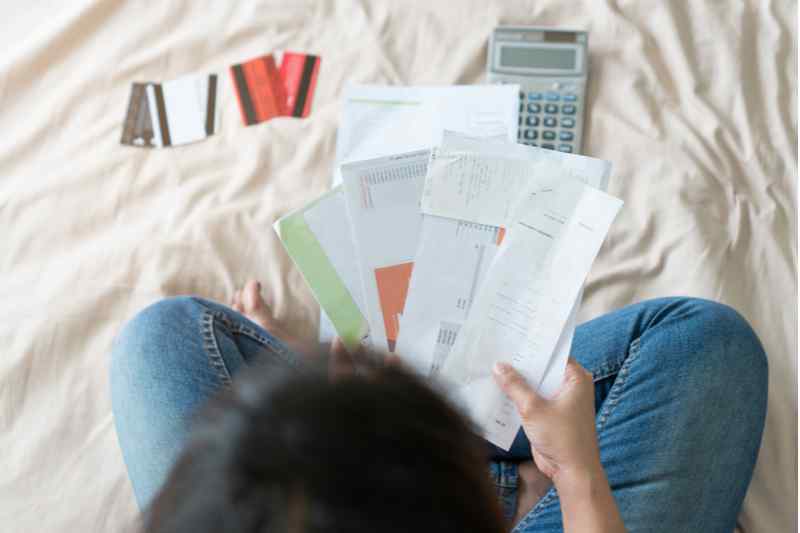
It's not just American individuals who suffer from growing debt. The U.S. as a country is also caught in a cycle of debt. Before we dive into personal finances and how to avoid a debt cycle, it's essential to understand what is a short-term and long-term debt cycle on the national condition.
Short-Term Debt Cycle
A short-term debt cycle constitutes two phases: expansion and recession. As economic activity increases and the GDP growth rate is positive, the economy registers an expansion, the first phase of the short-term cycle. During the expansion, people start to spend a lot of money. Consequently, the economy reports inflation. Inflation happens when market prices begin to rise because the amount of spending and income grows faster than the production of goods.
Remember that one man's spending is another man's income. When people spend more, earnings rocket. And as earnings go up, people start to borrow money. This builds a cycle in which debt rises faster than income. Asset prices start to increase because incomes are rising. People borrow money to buy goods, services, or financial assets.
When the prices rise, the central bank raises the interest rates. This leads to fewer people borrowing money, and the cost of debt increases. This leads spending to slow down because people don't have any money left over to spend. Since a man's spending is another man's income, incomes deteriorate, and the economy experiences a decline in prices for goods and services. This is called deflation.
When the economic activity decreases, we enter the second phase of the short-term debt cycle: recession. When the recession becomes too severe and inflation is no longer an issue, the central bank lowers interest rates to resume economic growth.
We now re-enter the first phase of a short-term debt cycle. With low interest rates, debt repayments are reduced, borrowing and spending rise, and we experience another expansion. In the short-term debt cycle, spending is limited to the lenders' willingness and the borrowers to provide and receive credit. In short, when credit is readily available, people experience an economic expansion. When credit isn't easily available, people experience an economic recession. The central bank primarily controls the short-term debt cycle. It typically lasts five to eight years and happens over and over again for decades.
Long-Term Debt Cycle
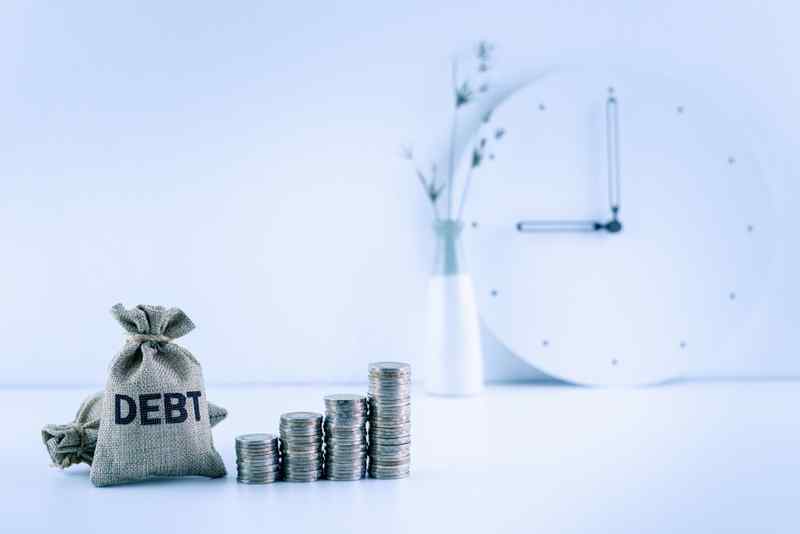
It's human nature to have the tendency to borrow and spend more instead of paying back debt. This causes the bottom of each short-term debt cycle to end with more growth and more debt than the previous one. Over a long time, this causes debts to rise faster than income, creating the long-term debt cycle.
At the beginning of the long-term debt cycle, there's an economic boom. Despite people being more indebted, incomes are rising, asset values are going up, and the stock market is roaring. When asset values soar, it is called an economic bubble.
During an economic bubble, people continue to borrow money to buy assets as investments. This causes the prices of assets to rise even more. Rising incomes and asset values help borrowers to stay credit-worthy for an extended period.
Over decades, the debt-to-income ratio starts to increase and create heavier debt repayments. At some point in time, debt repayments begin to grow faster than incomes. This forces people to spend less money. As stated earlier, one man's spending is another man's income. Hence, revenues begin to decline, and by default, borrowing goes down. This causes people to be less creditworthy. The cycle reverses itself, and the economy registers a long-term debt peak. For the United States and much rest of the world, this happened in 2008.
After the peak, we experience an economic recession. The long-term debt cycle lasts around 75 years.
In short, the central bank raises the interest rate to slow down the economy and lowers them to stimulate the economy.



